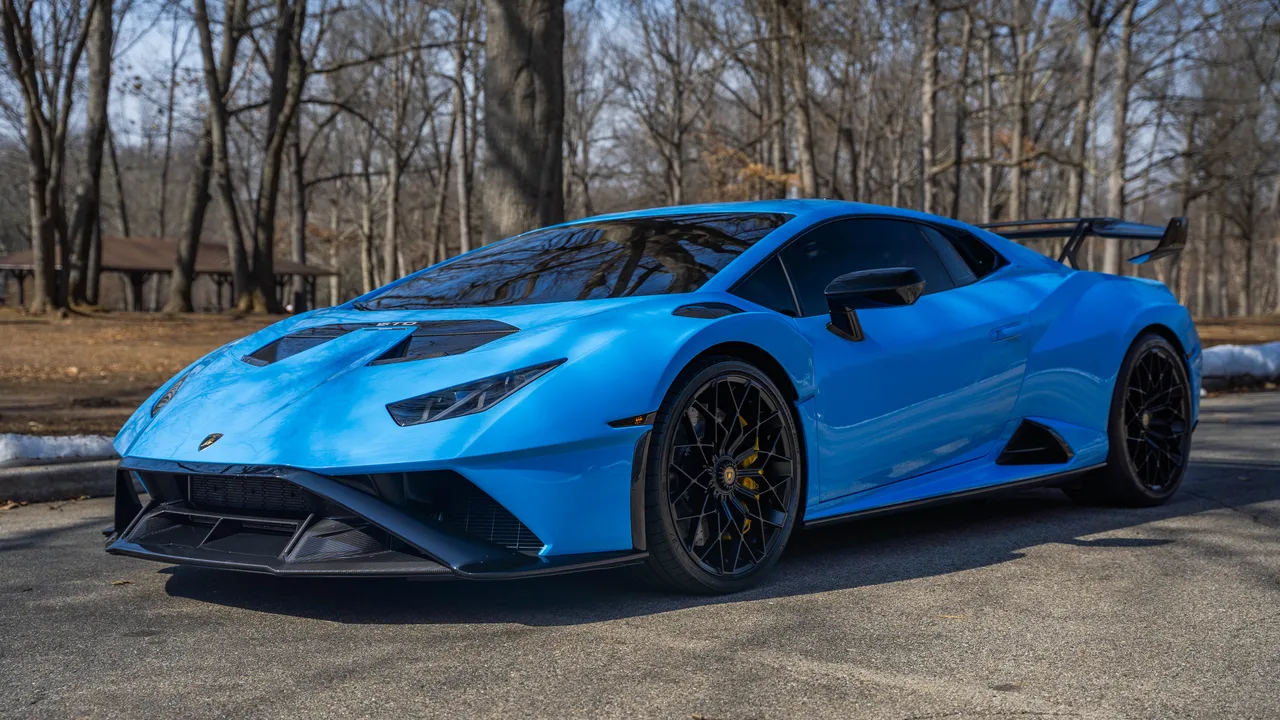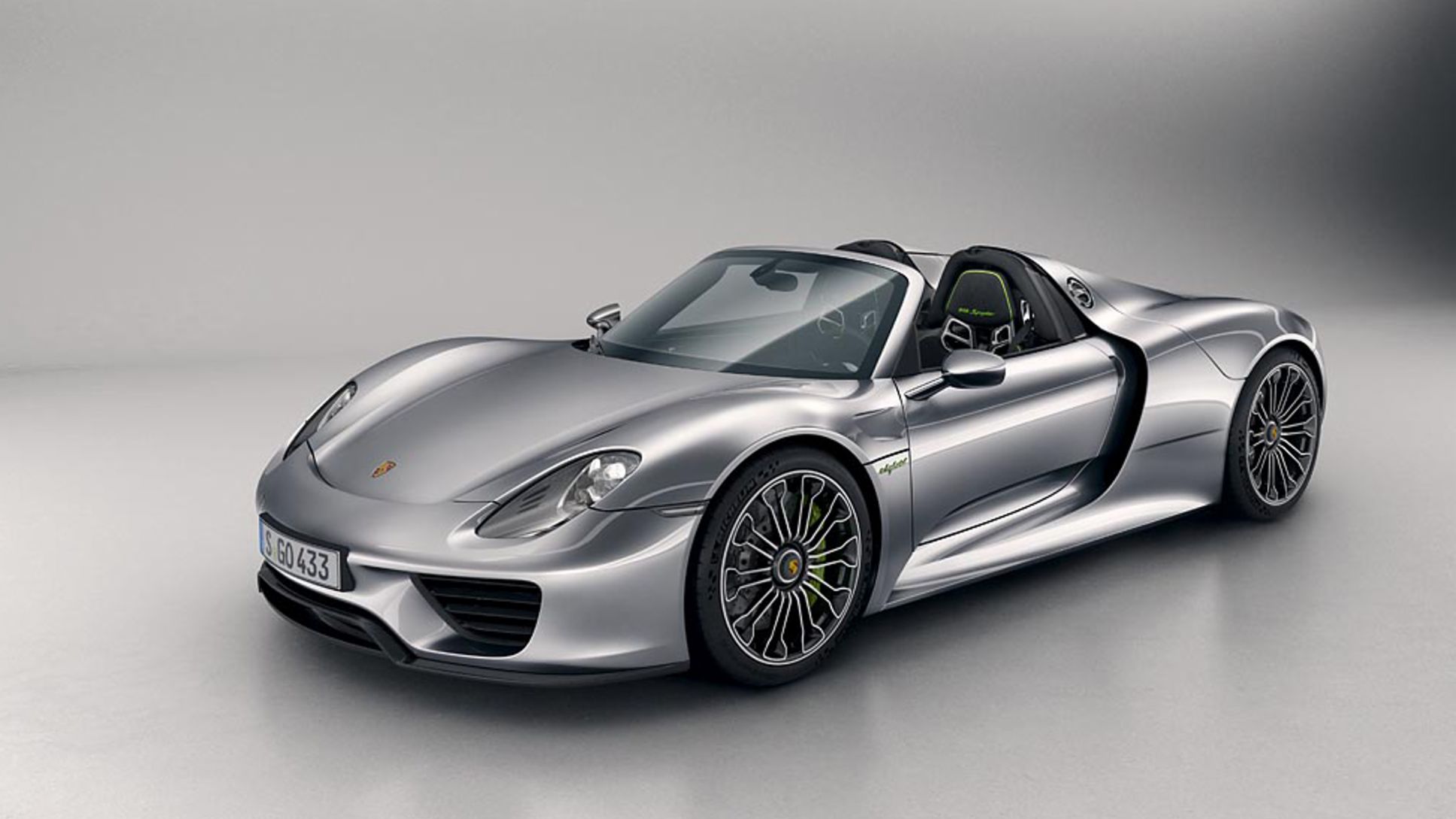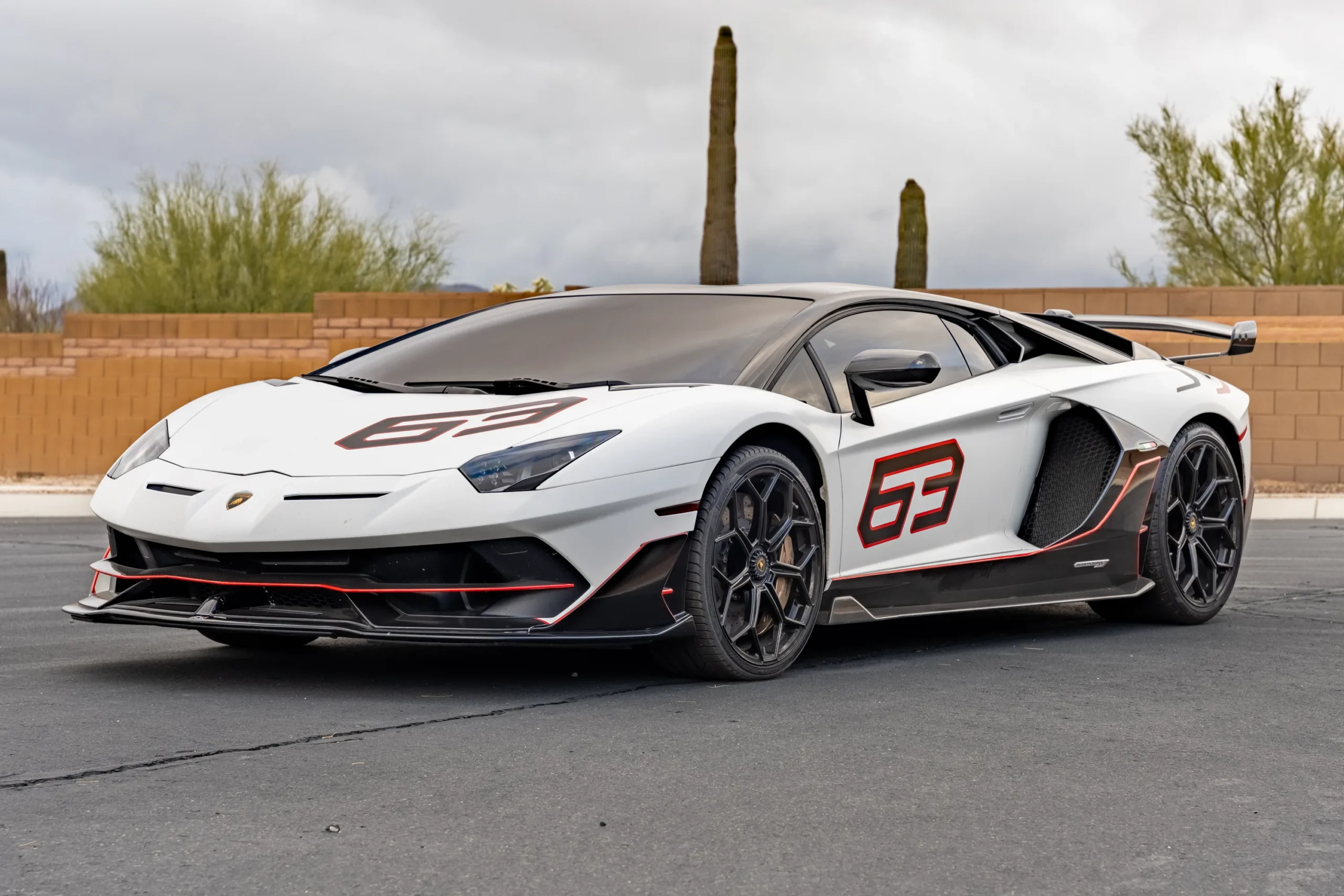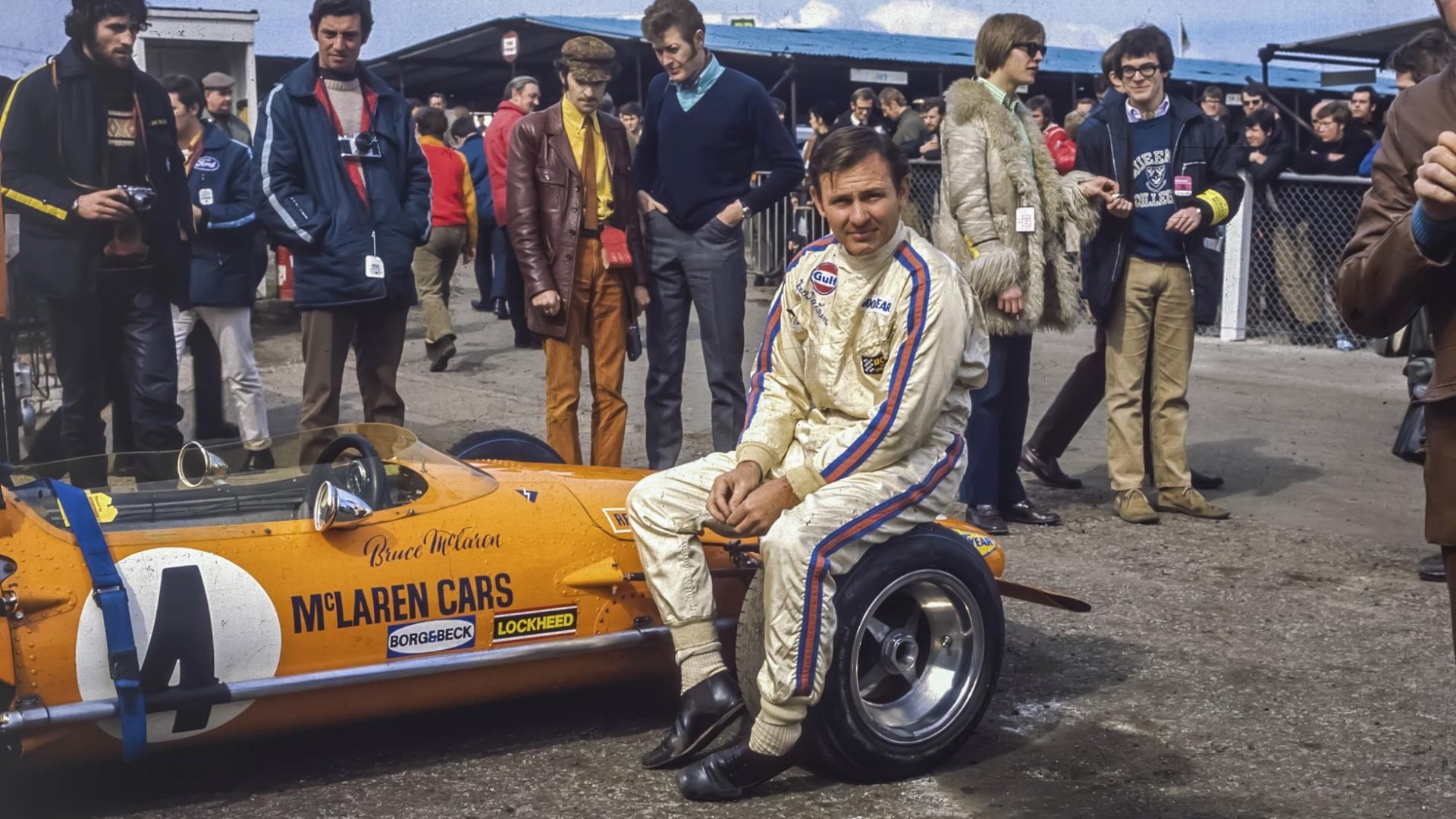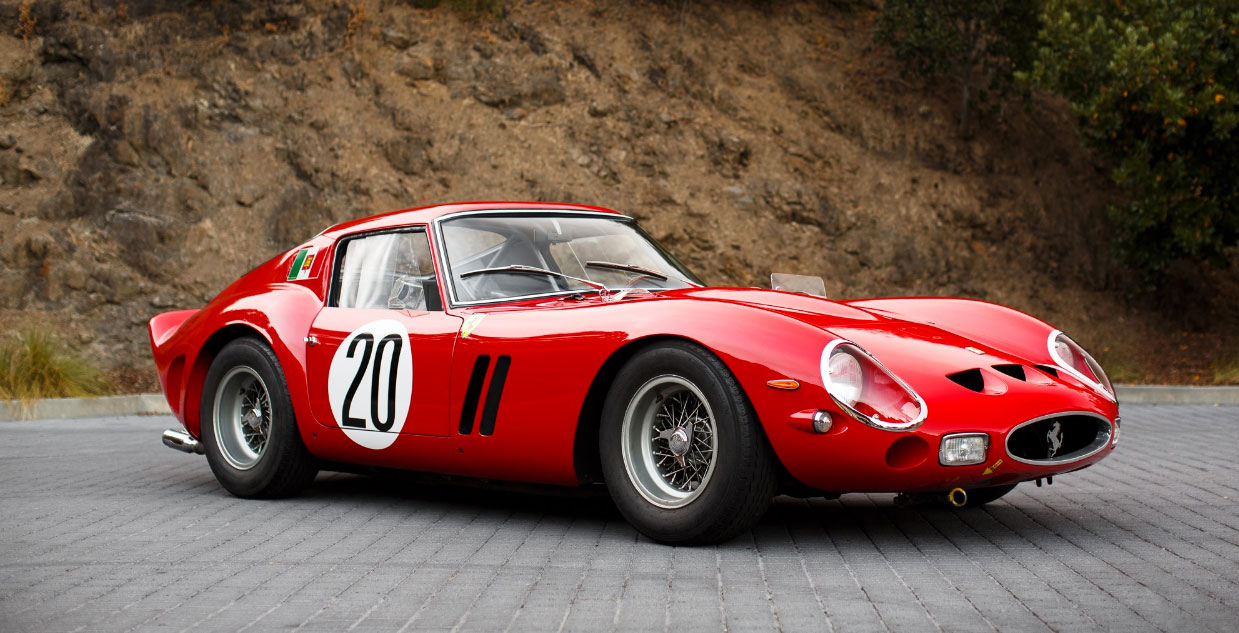Engineering excellence: the secrets behind McLaren’s performance
Published on Oct 08, 2025 at 12:56 PM | By Alessandro Renesis
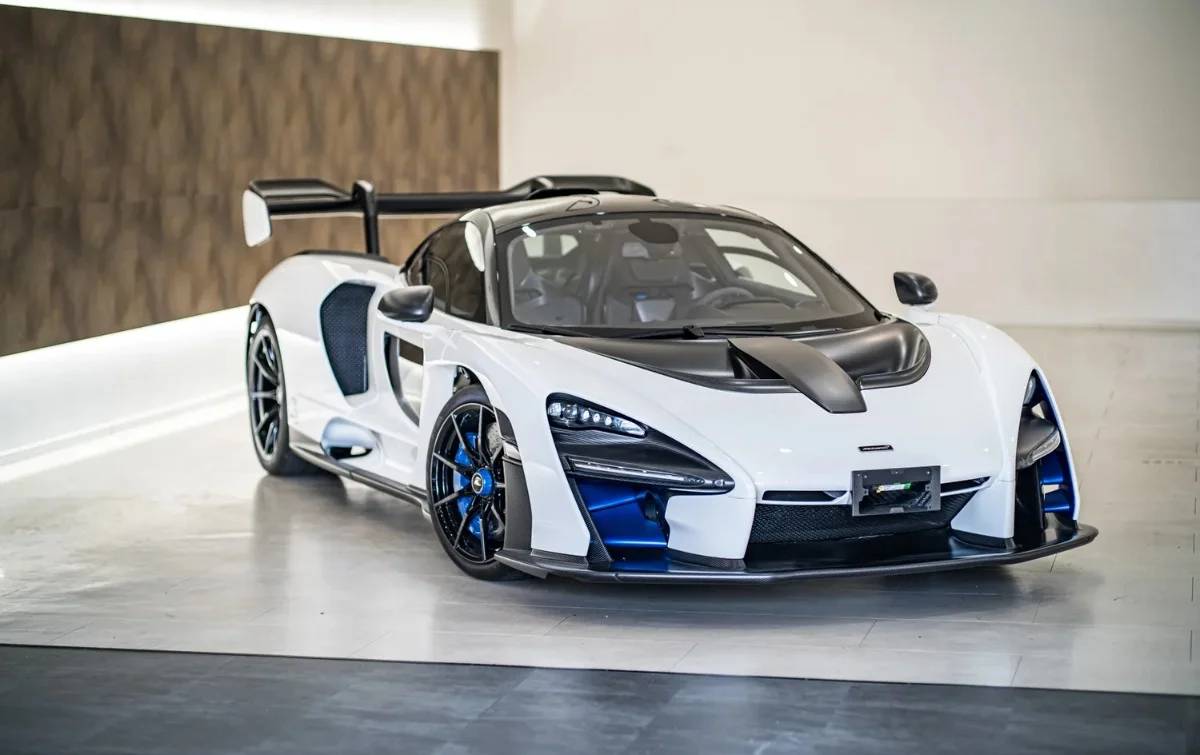
McLaren’s performance seamlessly blends the brand’s storied Formula 1 engineering heritage with road car innovation, and McLaren has been doing this for a long time.
For decades, this British marque has pushed the boundaries to create faster cars, using a combination of raw power, aerodynamics and carbon fiber.
McLaren’s commitment to engineering excellence is self-evident.
McLaren’s Formula 1 DNA
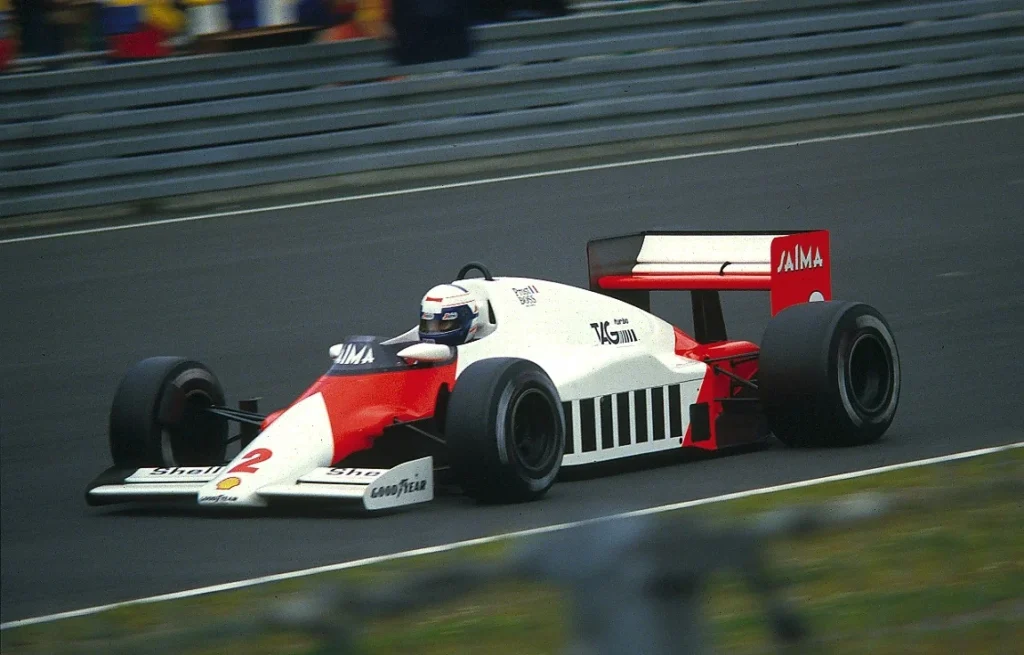
McLaren’s performance journey began on the racetrack, where its Formula 1 legacy has shaped every aspect of its road-going supercars.
The brand’s racing heritage is the result of lessons learned from decades of F1 competition directly influencing production models.
Aerodynamic efficiency, a cornerstone of the brand’s credo, was refined through countless Grand Prix victories, ensuring that cars like the 720S and Senna slice through the air with minimal drag.
The transfer of McLaren engineering expertise from F1 to the road is evident in performance metrics—top speeds exceeding 200 mph and lap times that rival track-only machines
Materials science also owes a debt to this DNA.
The lightweight construction techniques honed in F1, particularly the use of carbon fiber, along with a data-driven approach to optimize powertrains and suspension systems.
The role of carbon fiber innovation in McLaren’s performance
McLaren’s pioneering use of carbon fiber revolutionized the automotive industry, beginning with the iconic McLaren F1 in 1992.
This lightweight material, a composite of carbon fibers and resin, forms the monocoque chassis that underpins every modern McLaren supercar.
Weighing just a fraction of traditional steel, lightweight construction reduces the overall mass, directly boosting both performance and fuel efficiency, while also enhancing safety.
The carbon fiber monocoque, for instance, provides exceptional rigidity and crash protection.
The McLaren F1’s carbon tub weighed only 43 kg, setting a benchmark that influenced subsequent models like the P1 and 720S.
This innovation improved acceleration and handling, allowing drivers to navigate corners with surgical precision.
The use of carbon fiber extends beyond the chassis to body panels and interior components, shaving hundreds of kilograms off the vehicle’s weight.
This relentless pursuit of innovation ensures that each supercar delivers a power-to-weight ratio that rivals the best in the industry, solidifying McLaren’s reputation for engineering excellence.
For those eyeing a piece of this legacy, explore McLaren auctions to see these marvels up close.
Aerodynamics – Sculpting speed
Aerodynamics is the invisible force behind McLaren’s performance and it is a science perfected through years of F1 experience.
Active aerodynamics systems, such as adjustable rear wings and airbrake mechanisms, optimize downforce and drag depending on driving conditions.
On the 720S, for example, the aerodynamic profile generates up to 100 kg of downforce at high speeds, enhancing stability without compromising speed.
The Senna, a track-focused beast, pushes this further with its massive rear wing and underbody diffusers, producing 800 kg of downforce, which is enough to drive upside down in a tunnel, theoretically.
Air channels and vortex generators sculpt airflow around the car, reducing turbulence and improving cooling for the powertrain.
This meticulous design, rooted in McLaren F1 technology, ensures that every supercar cuts through the air with precision.
The engineering excellence behind these features is evident in wind tunnel testing, where models like the Artura refine their shapes for maximum efficiency.
For collectors and enthusiasts, the aerodynamic prowess of these vehicles makes them standout pieces at supercar auctions, where performance meets art.
Powertrains and hybrid innovation as a key element of McLaren’s performance
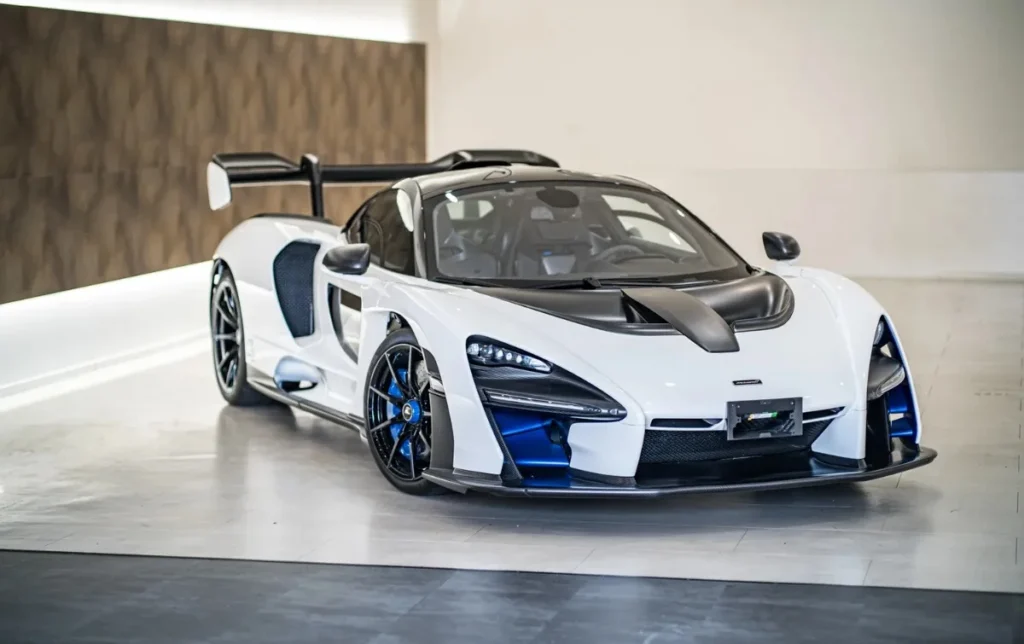
McLaren’s powertrains are a symphony of raw power and innovation, blending traditional combustion with cutting-edge hybrid technology.
The twin-turbo V8 engines, a hallmark of the brand’s engineering, deliver explosive performance.
These engines, developed with F1-derived expertise, provide instantaneous torque and speed that propel most of the automaker’s supercars from 0 to 60MPH in under 3 seconds and, in some cases under 2.5 seconds.
The Artura introduces a hybrid system, pairing a 3.0-liter V6 with an electric motor to produce 671 hp, showcasing how efficiency meets performance.
This engineering excellence reduces emissions while maintaining the visceral thrill of a supercar, a balance few brands achieve.
The hybrid setup, with its 19-mile electric range, reflects the automaker’s forward-thinking approach, influenced by F1 technology from its hybrid racing cars.
Precision handling and driver experience
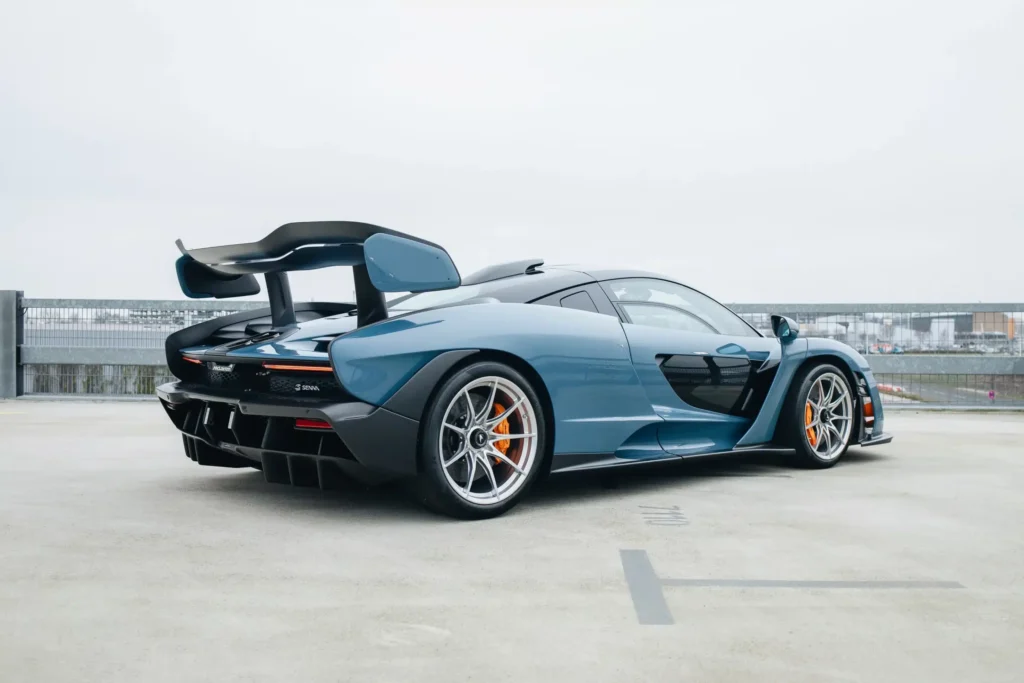
Driving a McLaren is an exercise in precision, thanks to advanced suspension systems and a driver-focused cockpit design.
The engineering behind the hydraulic suspension on the 720S and 765LT adapts to road conditions in real-time, delivering a ride that’s both compliant and razor-sharp.
This technology, honed through McLaren’s experience in Formula 1, ensures that performance translates seamlessly from track to street.
The steering feel is another highlight, offering direct feedback that connects the driver to the road – a feature rooted in the brand’s racing heritage.
Inside, the cockpit is a masterpiece of ergonomics, with lightweight carbon fiber trim and a driver-centric design to enhance the experience, making every turn and acceleration feel intuitive.
McLaren’s place among supercar icons
In the pantheon of supercar manufacturers, McLaren stands shoulder-to-shoulder with Ferrari, Porsche, and Lamborghini, yet it carves a unique niche through engineering excellence.
Ferrari’s V12 engines deliver soul-stirring sound, while Porsche’s 911 Turbo S excels in all-weather versatility.
Lamborghini’s Aventador SVJ boasts raw power with its V12, but the British brand’s approach – led by aerodynamics and extensive use of carbon fiber.
The Senna’s 800 kg of downforce and the Artura’s hybrid efficiency outpace many rivals in specific metrics.
For a chance to own this legacy, check out McLaren auctions or broader supercar auctions.

